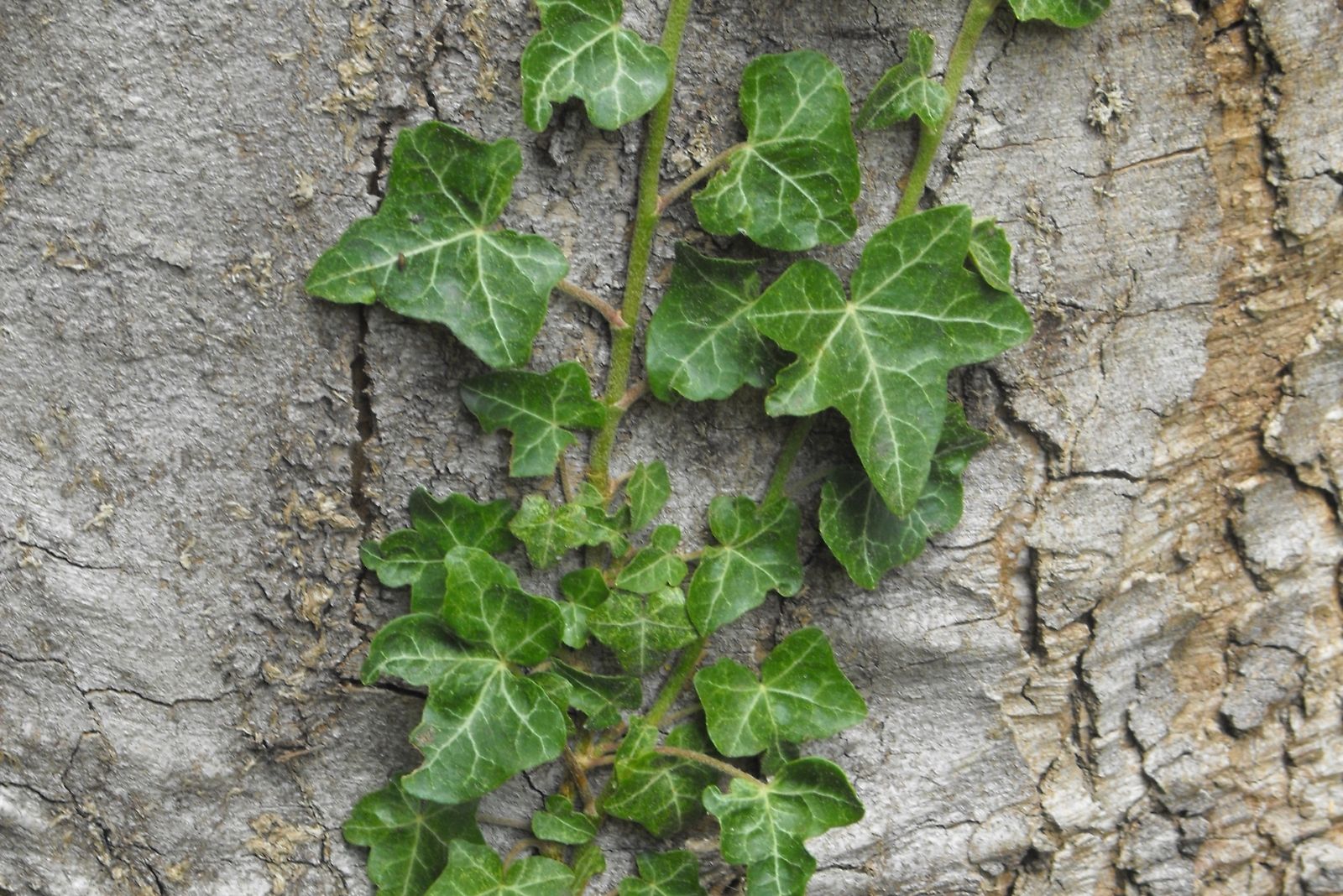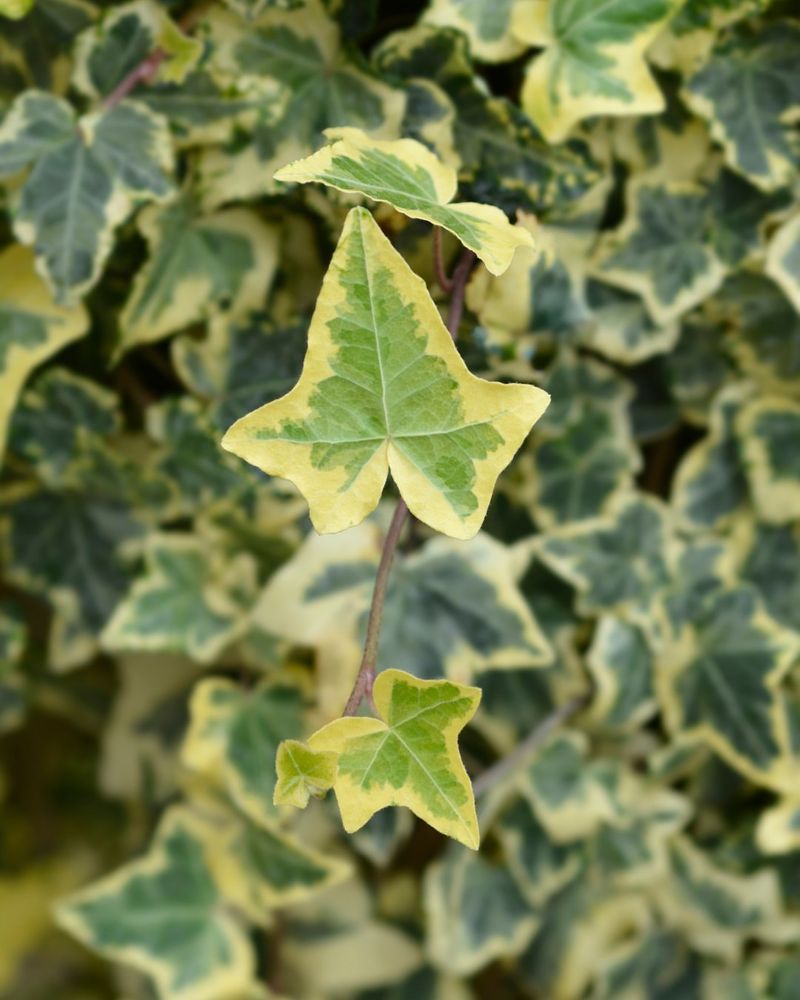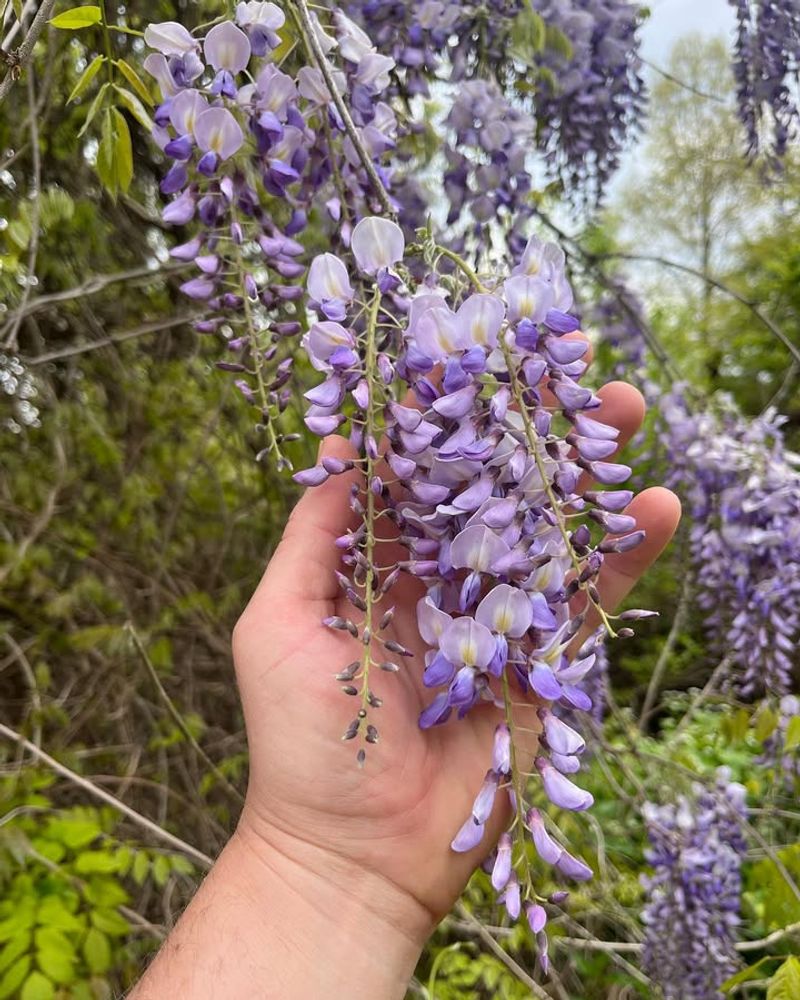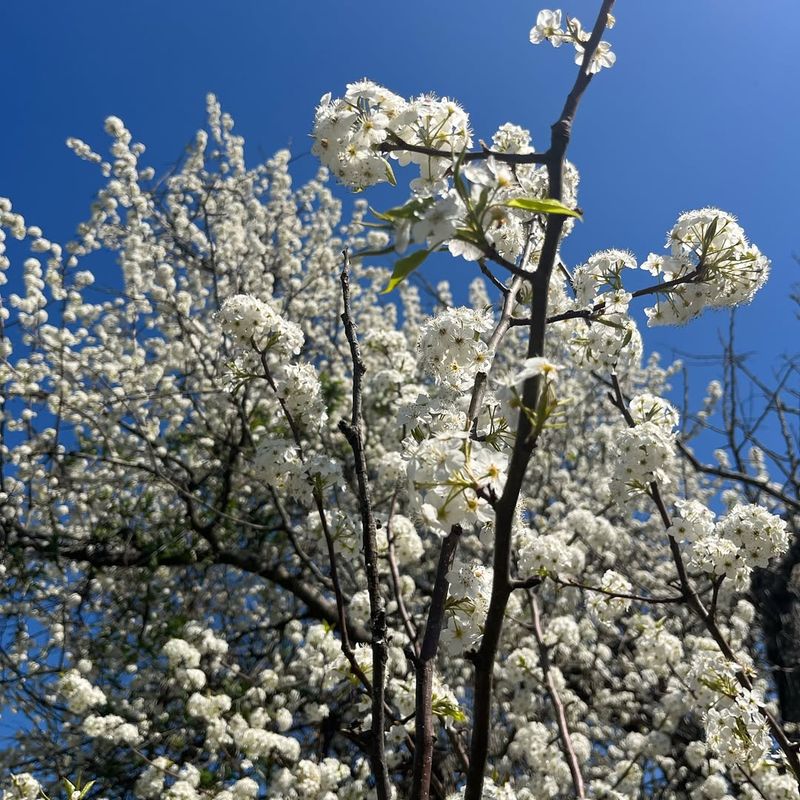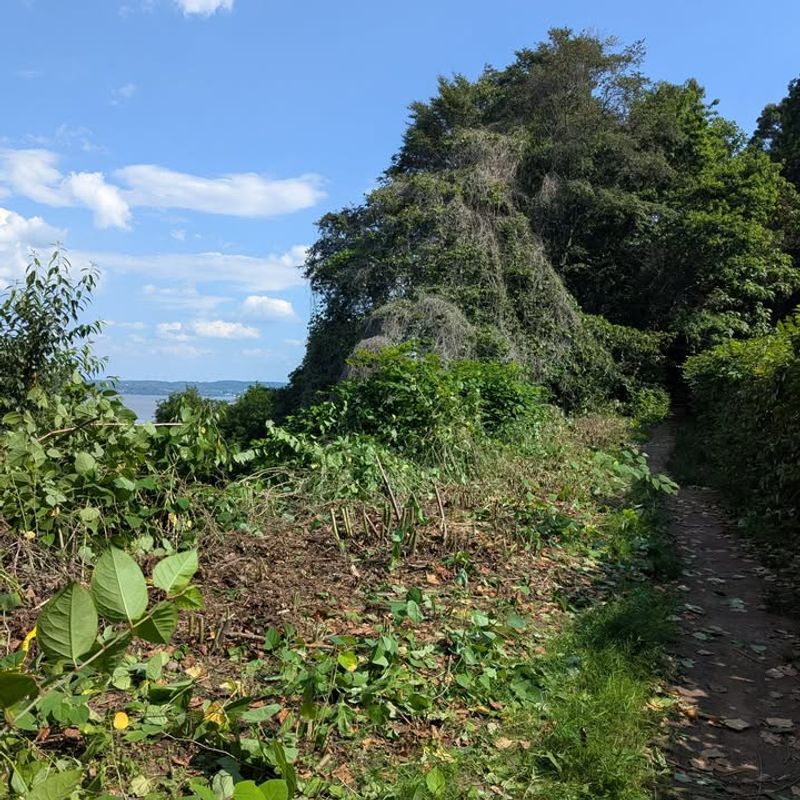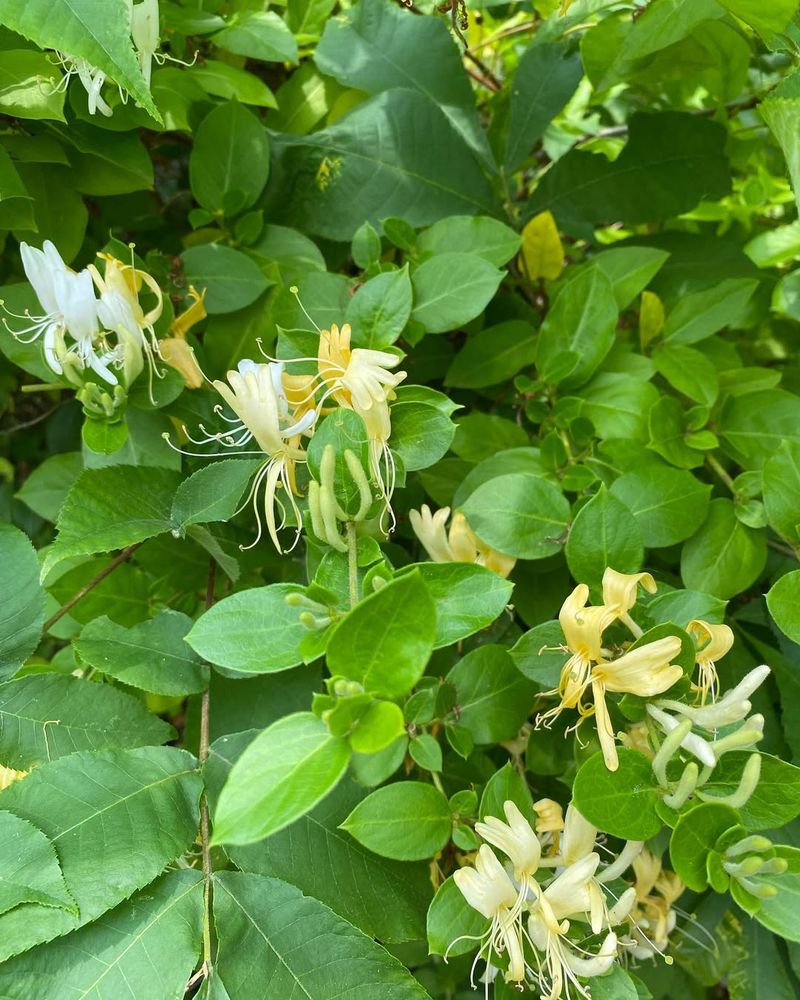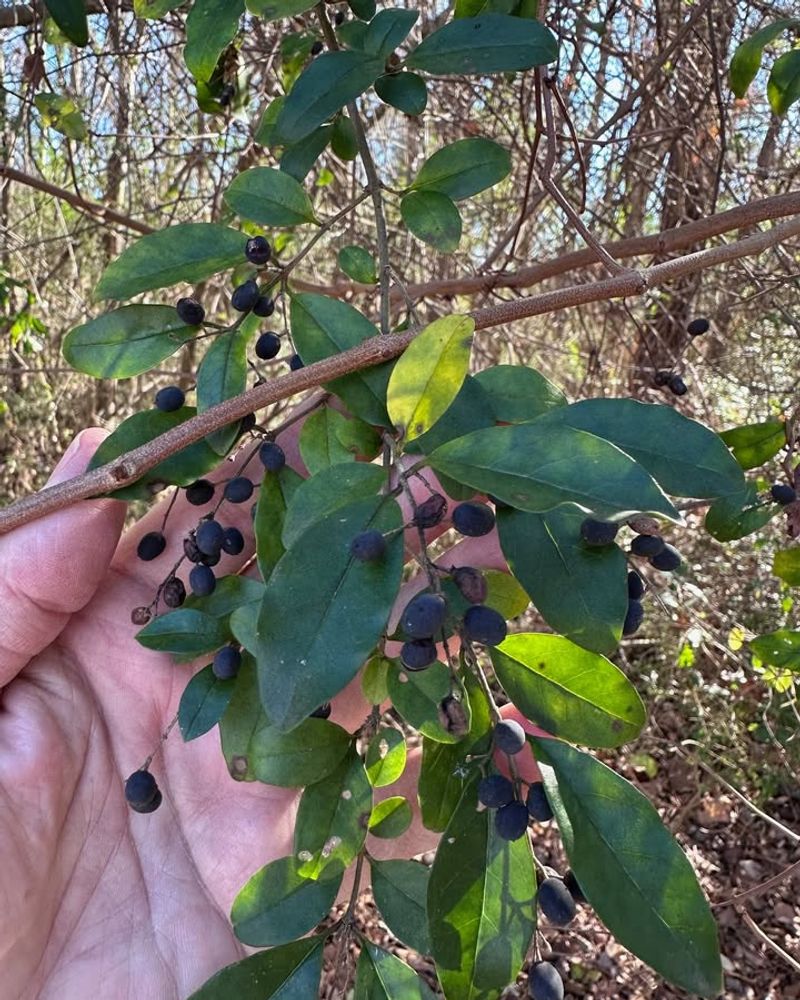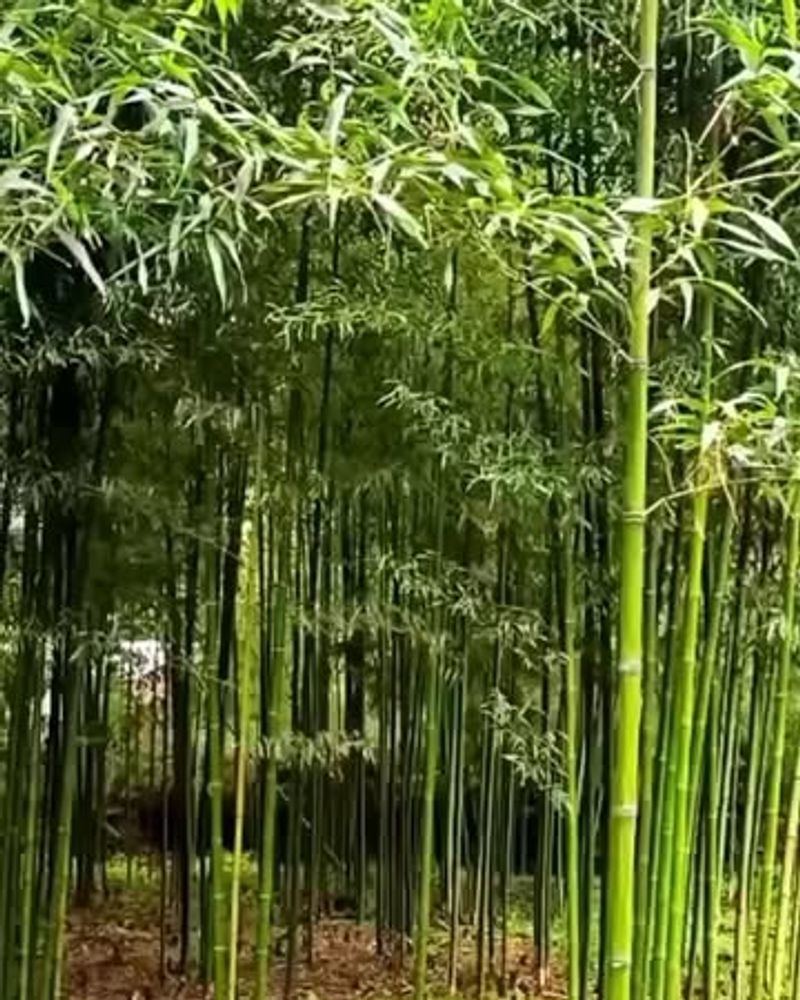Georgia homeowners might soon notice changes in what they can plant in their yards. Several popular ornamental plants have spread beyond gardens and now threaten native forests and waterways across the state.
Understanding which plants could face restrictions helps you make smarter landscaping choices while protecting Georgia’s natural beauty.
1. English Ivy
This climbing vine might look charming on brick walls, but it’s causing serious problems throughout Georgia. English ivy smothers trees by blocking sunlight and adding weight that can topple them during storms.
The plant spreads incredibly fast through both seeds and runners. Once established in wooded areas, it creates thick ground mats that prevent native seedlings from growing.
Many Georgia neighborhoods already restrict new plantings, and statewide regulations may follow soon.
2. Chinese Wisteria
Those cascading purple blooms come with a hidden cost. Chinese wisteria vines grow so aggressively they can girdle and kill mature trees within just a few years.
Georgia forests near suburban developments have seen native trees destroyed by escaped wisteria. The vines twist around trunks with incredible strength, cutting off nutrient flow and eventually toppling their hosts.
Native American wisteria offers similar beauty without the destructive behavior, making it a better choice for Georgia gardeners.
3. Bradford Pear
Developers loved planting these fast-growing trees in new subdivisions, but Georgia is now paying the price. Bradford pears produce thousands of seeds that birds spread everywhere, creating thickets along roadsides and in forests.
The trees also have weak branch structures that break easily during storms. Their thorny offspring crowd out native plants that wildlife depends on for food.
Several Georgia counties are already encouraging removal and replacement with native alternatives.
4. Kudzu
Known as “the vine that ate the South,” kudzu has been Georgia’s nightmare for decades. This aggressive climber grows up to a foot per day during summer, smothering everything in its path under thick blankets of leaves.
Originally planted for erosion control, kudzu now covers millions of acres across Georgia. It kills trees by blocking sunlight and pulls down power lines with its weight.
Stricter regulations aim to prevent any new introductions or sales.
5. Japanese Honeysuckle
Sweet-smelling flowers make this vine seem innocent, but Japanese honeysuckle is strangling Georgia’s forests. The plant forms dense tangles that smother native shrubs and young trees, preventing forest regeneration.
Birds love the berries and spread seeds far and wide across Georgia. Once established, honeysuckle creates such thick growth that native plants can’t compete for light or nutrients.
Control efforts cost Georgia landowners thousands annually, prompting calls for sales restrictions.
6. Nandina
Commonly called heavenly bamboo, there’s nothing heavenly about nandina’s impact on Georgia wildlife. The bright red berries contain toxic compounds that kill cedar waxwings and other birds when consumed in large quantities.
This popular foundation plant escapes cultivation easily, spreading into Georgia’s natural areas. The berries stay on plants through winter when hungry birds have few other options.
Native hollies provide similar winter color without poisoning wildlife that call Georgia home.
7. Privet
Hedge rows of privet have defined property lines for generations, but Georgia’s natural areas are now overrun with this invasive shrub. Birds eat the small berries and deposit seeds throughout forests and wetlands.
Privet forms such dense thickets that nothing else can grow underneath. Native plants that provide better food for wildlife get crowded out completely.
Georgia environmental groups recommend replacing privet hedges with native alternatives like wax myrtle or yaupon holly instead.
8. Bamboo
What starts as an exotic garden accent quickly becomes every neighbor’s problem. Running bamboo sends underground rhizomes that can travel 20 feet or more, popping up in adjacent yards and cracking foundations.
Georgia homeowners spend fortunes trying to contain or remove bamboo that’s escaped its original planting area. The plants are nearly impossible to kill once established and can damage septic systems and underground utilities.
Some Georgia municipalities already ban new bamboo plantings outright.

